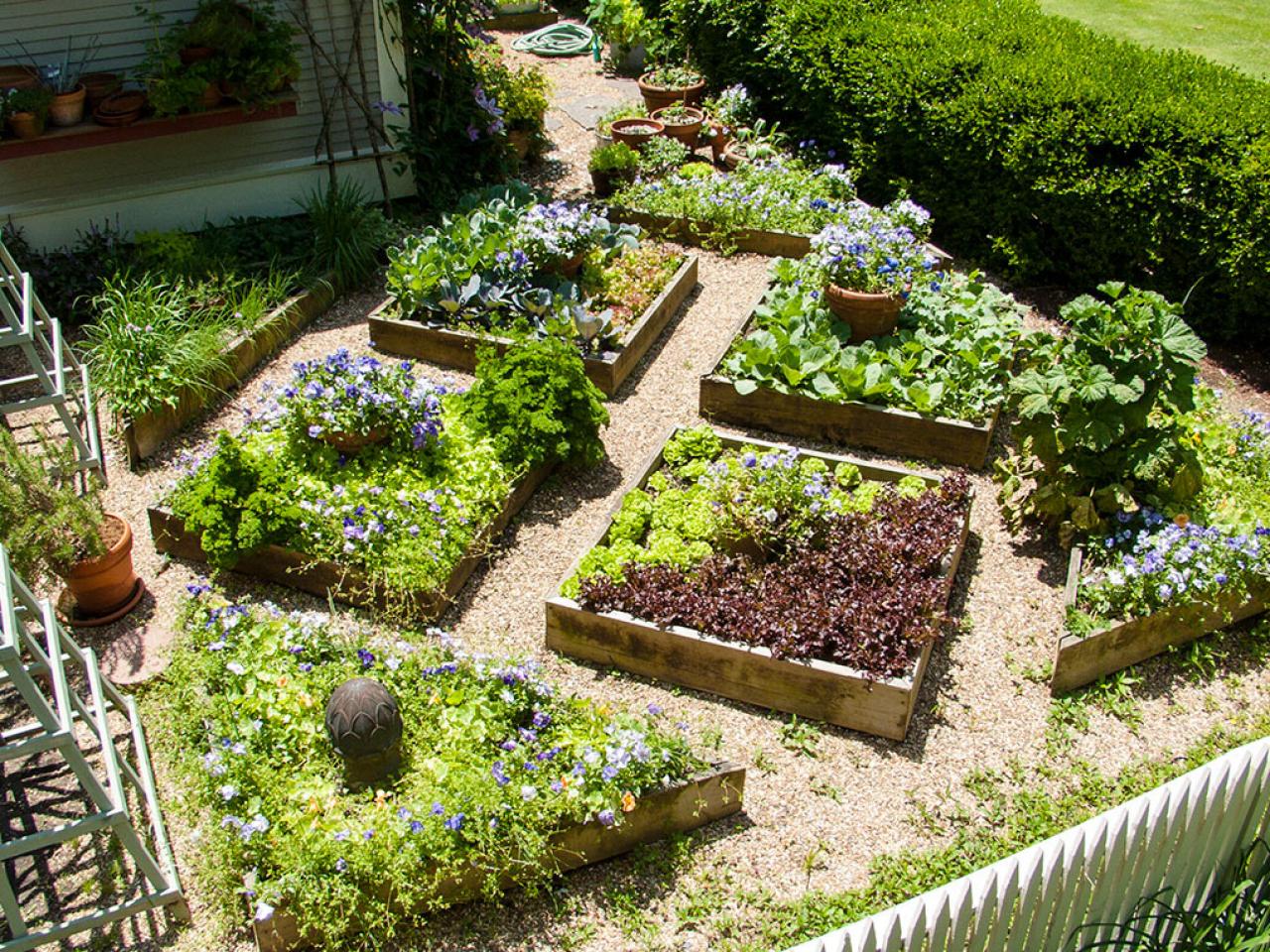Ever dreamed of planting your own fruits and vegetables? Hoping to make efforts to be more environmentally friendly and reduce the amount of waste? Perhaps you just wanted to save money. Whatever the reason, starting a garden is a great way to accomplish all of these goals.

When researching, it’s also a good idea to figure out your gardening zone as well as your first and last frost dates. This way, you will also know when and what to start planting. For example, you wouldn’t find a palm tree growing in the wilderness of Vermont because it is too cold for some plants to survive there.
When picking your seeds, another vital factor to consider is the size of the plant. For example, if you wanted a small vegetable garden, it would be a poor choice to plant giant pumpkin seeds as they take up a lot of space.

Step two involves picking your location. On average, most plants will need around 5 hours of full or direct sunlight. Flowers, greens, and most herbs, however, prefer partial shade. As with temperature, it’s an excellent choice to consider the weather/sun amount of your potential location. Northern gardens need all the sun they can get, whereas southern gardens seem to benefit from late shade. Make sure you’re avoiding high wind areas and areas that are prone to frost. Additionally, making the grounds more accessible to yourself, especially in the wintertime, reduces the chance of neglect.
 The third step to garden preparation is building garden beds. Once you know where you want your garden and its size, you can figure out the type of bed you want your plants to grow in. I highly recommend planting it in an elevated bed for three reasons: a) it’s more aesthetically pleasing, b) it makes working and maintenance on the garden significantly more manageable, and c) most importantly, the raised beds cause the water to dry out much faster which is detrimental to the seed’s growth. When the plants are started in the ground, instead of raised, they may retain excess moisture, leading to root rot or susceptibility to other diseases. On the other hand, if you grow your garden in a hot and dry area, this moisture retention may work to your benefit.
The third step to garden preparation is building garden beds. Once you know where you want your garden and its size, you can figure out the type of bed you want your plants to grow in. I highly recommend planting it in an elevated bed for three reasons: a) it’s more aesthetically pleasing, b) it makes working and maintenance on the garden significantly more manageable, and c) most importantly, the raised beds cause the water to dry out much faster which is detrimental to the seed’s growth. When the plants are started in the ground, instead of raised, they may retain excess moisture, leading to root rot or susceptibility to other diseases. On the other hand, if you grow your garden in a hot and dry area, this moisture retention may work to your benefit.
After researching your area’s hardiness zone, selecting your seeds, finding a proper location to begin planting, and determining the size and type of garden beds for your project, you are ready to start phase 2 of starting your own garden.
In my next post, I will review the following steps to continue your project, including the essential gardening tools necessary for maintenance, the best soil for your seeds, how to properly transplant your seeds or cuttings, and how to continue to care for your garden as it progresses.
Yet again, your article did not disappoint, a pleasure to read and very calming. I love the suggestion for raised beds I feel like a lot of people don’t think about that despite how nice they look as well as the practical benefits you wrote about.